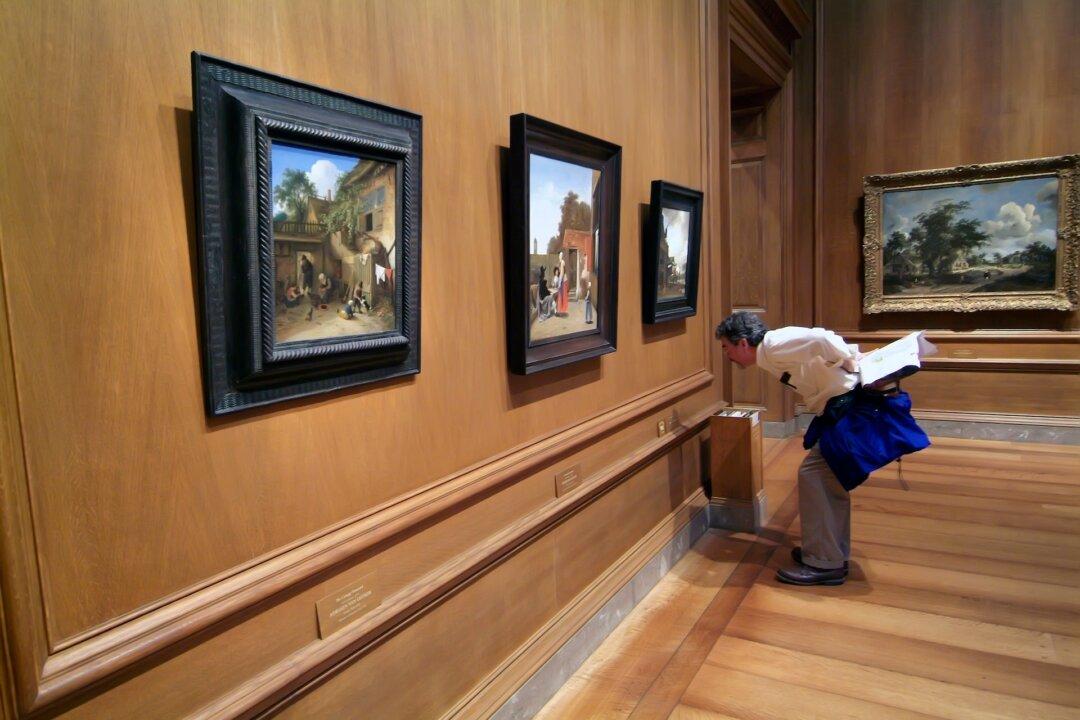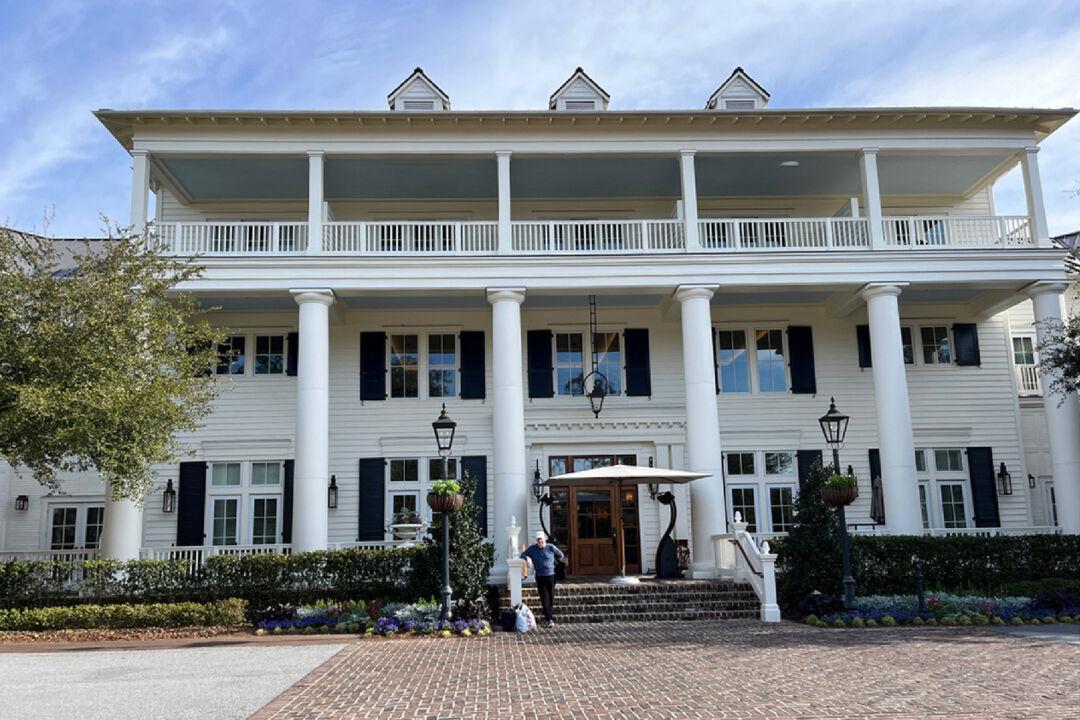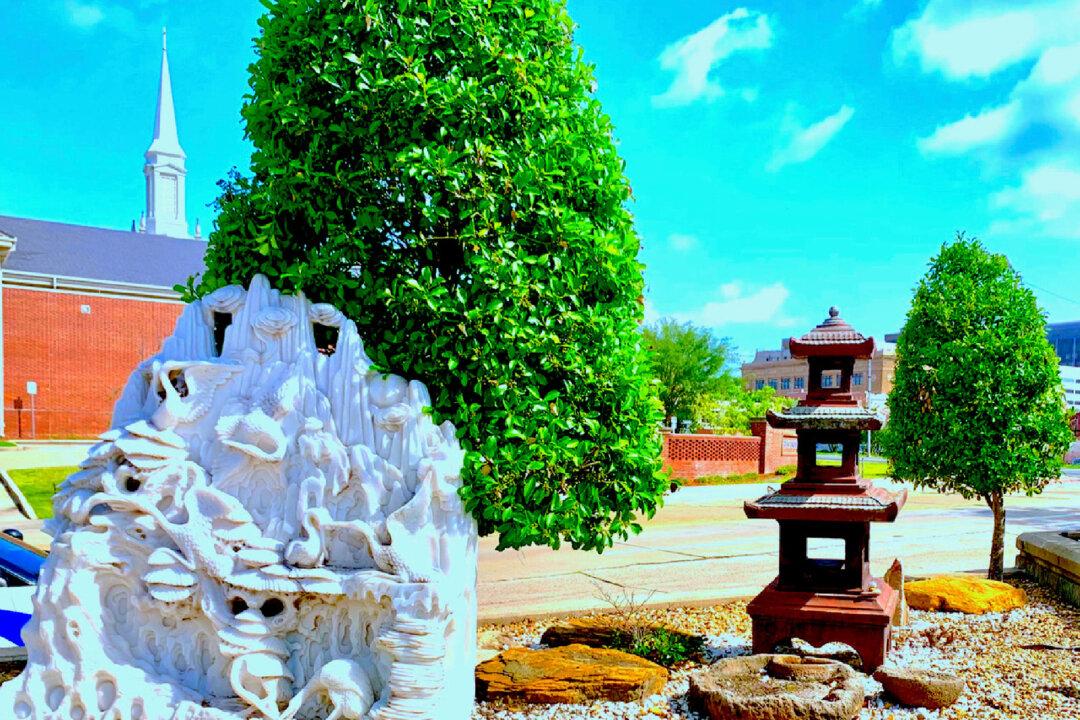We were delighted to visit the Academy Museum of Motion Pictures Arts and Sciences not long after it opened on Wilshire Boulevard in Los Angeles. We parked for the day at the Los Angeles County Museum of Art, next door to the new domed building, which allowed us to visit that museum, too, as well as the La Brea Tar Pits.
Since the first commercial film in 1895, motion pictures and television have become the major source of entertainment in many people’s lives. And now being able to learn how all the magic is created is a fascinating adventure. We saw how drawings and photos became silent motion pictures as well as the various phases that go into creating a film today. We were also able to see the progression of machines and cameras used through the decades as advancements made films more and more realistic.





